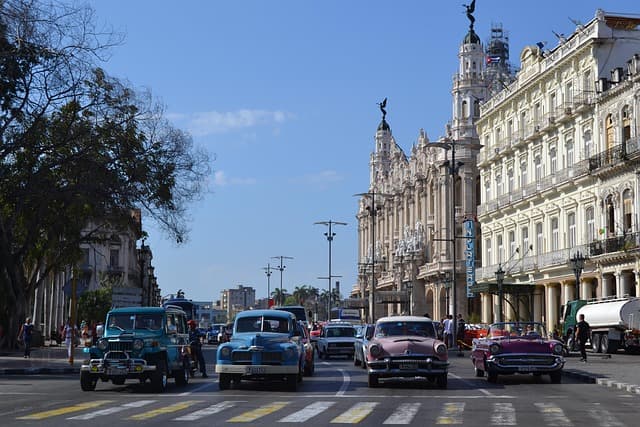First of all, Varadero is, of course, a resort center, so it is hardly worth looking for a particularly rich cultural program here. If you want to take a break from the sea and get acquainted with Cuban history and culture, it is better to go to Havana. But even those who do not want to spend more than two hours for a one-way trip, there is something to see in Varadero.
The settlement of Varadero itself has been known since the 16th century, although resort life began here in the second half of the 19th century. The period of prosperity of the resort fell on the 30th years of the last century. At that time the American rich man Dupont acquired a vast plot of land on the Icacos Peninsula – in fact, most of its territory. DuPont built a luxurious Xanadu mansion, ornate and high-tech for the time. The construction and subsequent life of the mansion’s inhabitants served to popularize the place, and so sometimes Dupont is called the “father” of Varadero. By the way, his villa can be considered the main historical attraction of the resort, and it is worth visiting with a tour first.
Also interesting is the Varadero Museum, which occupies a colonial-type building in American style, typical of 1920. The museum was opened in 1981 with a collection of various objects of everyday life and worship. Some of them are centuries old, and in the archaeological hall of the region you can look at older ones. The museum has an exposition of the history of the resort with old documents and photo archive of the middle of the 20th century, and organized free space, like a private house, where you can look and feel the exhibits, including traditional Cuban furniture and an interesting collection of drawings that were made by travelers who visited the island at different times.
Hosone Park, developed in 1930 by a private businessman, was opened to the public 12 years later. It is home to colorful birds and a variety of animals, a variety of tropical plants, and landscaped ponds dug out for boating. The park is a favorite recreational spot for locals; there are four restaurants, a swimming pool, a shooting range and barbecue areas.
Another natural oasis is Montemar National Park, and it’s a different story. It is located away from Varadero, covers a large area, including swampy areas, and is a wildlife reservation densely populated with various wildlife.
Also curious is the Ambrosio Karst Cave in the national park, where archaeologists have discovered hieroglyphic signs and symbols from the prehistoric era. The cave has several halls and extends three hundred meters underground. Nearby is the “cave of the Muslims”. Finally, diving enthusiasts will appreciate the marine park Cayo Piedras, the only one in Cuba. It is located on an island 15 km from the resort, at the barrier reef with typical for this ecosystem inhabitants. Several ships and even an airplane have been sunk on the bottom especially for divers.
From the newest attractions of the resort should be mentioned “House of Roma” – a kind of hybrid of museum and store, opened in 2001. Many people are attracted by its second hypostasis, but the prices in the “House of Roma” are quite high, and the choice is not much different from what is offered by large stores and duty-free. But here you can learn about the history of Cuba’s sugar plantations and the history of the Arcevala family, the founders of the first cane processing factory, where the famous Havana Club was produced.



